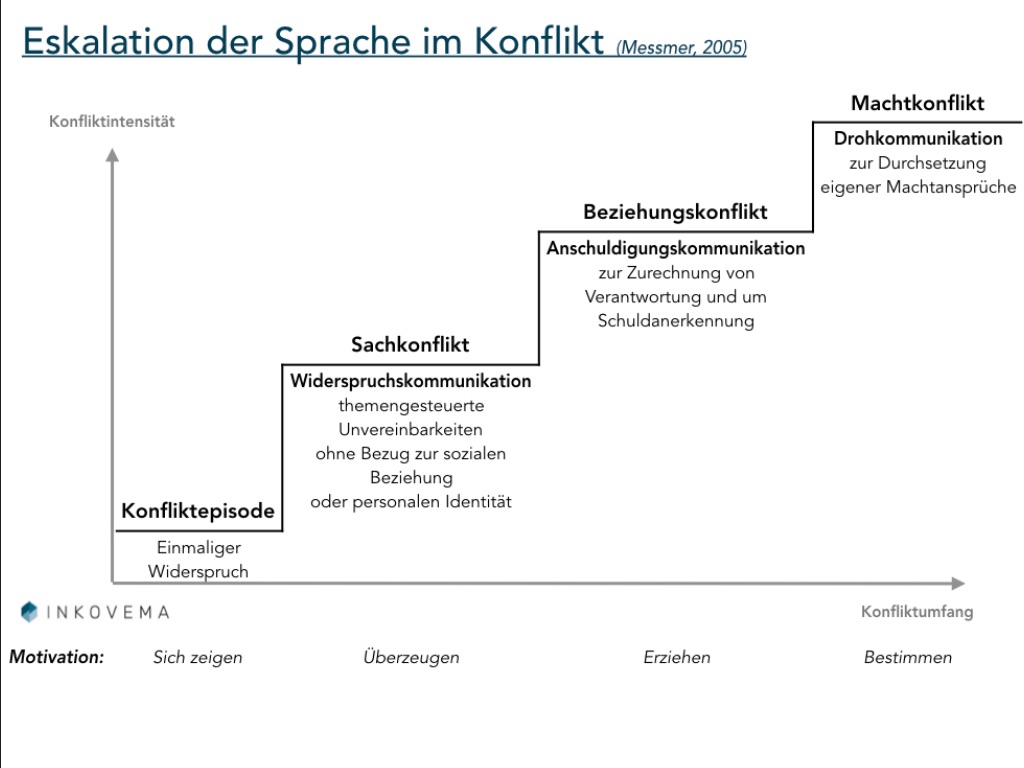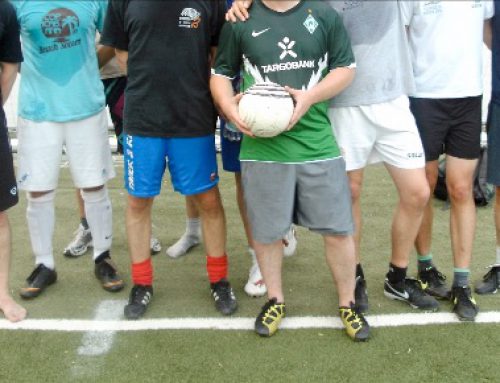INKOVEMA Newsletter
Mediation and conflict management
# 35
A. Key topics:
– Storytelling – the power of stories
– Metaphors in conflict resolution
– Framing
B. Concepts for mediation
– Part 3: Escalation in language
Metaphors and storytelling – the power of stories
- How our imagination and narrative power has influenced world history and both started and ended conflicts, the Historian Y.N. Harari to tell impressively.
- Link to Harari's online lecture (text and video)
- Summary by Ron Kellermann. Link
- What modern storytelling is, the Textbroker presented online. Link
- How modern storytelling fits into the consulting, marketing and other industriesThis is confirmed by a study conducted by the Institute for Applied Narrative Research. Study / Website
- Why storytelling at all? Because it makes things more valuable. Link
- G. Hüther on the neuroyal consequences of storytelling. Link
- Why People love stories. Link
- Storytelling is the best Marketing. Link / Examples: Nivea & KIA
- What the Five building blocks for a good story The ZenSation company has decided to take on the challenge. Link to blog
Metaphors and storytelling in conflict resolution
- In the German-speaking mediation scene, the Austrian mediator Ed Watzke initially caused a furore and narrative innovation with his metaphor bridge and equilibristic dance. His style of mediation is unique and runs counter to the common phase model.
- To the metaphor bridge. Link (Download of a university thesis by Jessica Meer)/ Link to the book (Thalia)
- For equilibristic dance, see our Blog post from November 2017. Link to the book (Amazon)
- A story comes to mind, would you like to hear it?“. Interview with mediator Hanna Milling on the use of stories in mediation. Link to Mediation aktuell with radio interview Example of a story.
Metaphors
- The Use of metaphors in counselling should help to gain new perspectives and enable new ways of interpreting a situation. Link
- Metaphors in mediation – a categorisation. Extract from: Sprachbilder und Metaphern in der Mediation, Brigitte and Ernst Spangenberg, p. 93 – 102. Link
Framing
- How powerful is framing? Link (spektrum.de)
- Framing – what is that? Link (Bayrischer Rundfunk) (Short video)
- Turning old into new – how framing gained new fame. Link (World)
- To the Instrumentalisation of scientific psychologyon this topic, our colleague Günther Mohr wrote an excellent blog post. Link Blog by Günther Mohr
Concepts for mediation
Part 3: Escalation in language
In the third part of our small concepts for mediation, we present an overview model for conflict escalation that is much more manageable and practicable than the classic nine-stage model according to Glasl.
The model comes from H. Messmer (Social conflicts in legal proceedings, in: Lerch, Communicating the law, 2005, p. 233 ff.) and presents the Escalation in language are presented. The few explanations in the overview should suffice at this point.
With the help of the overview, the conflict escalation can be localised based on the linguistic content and the conflict itself can be named. Accordingly, different topics can be assigned or identified in the conflict communication.






Leave A Comment